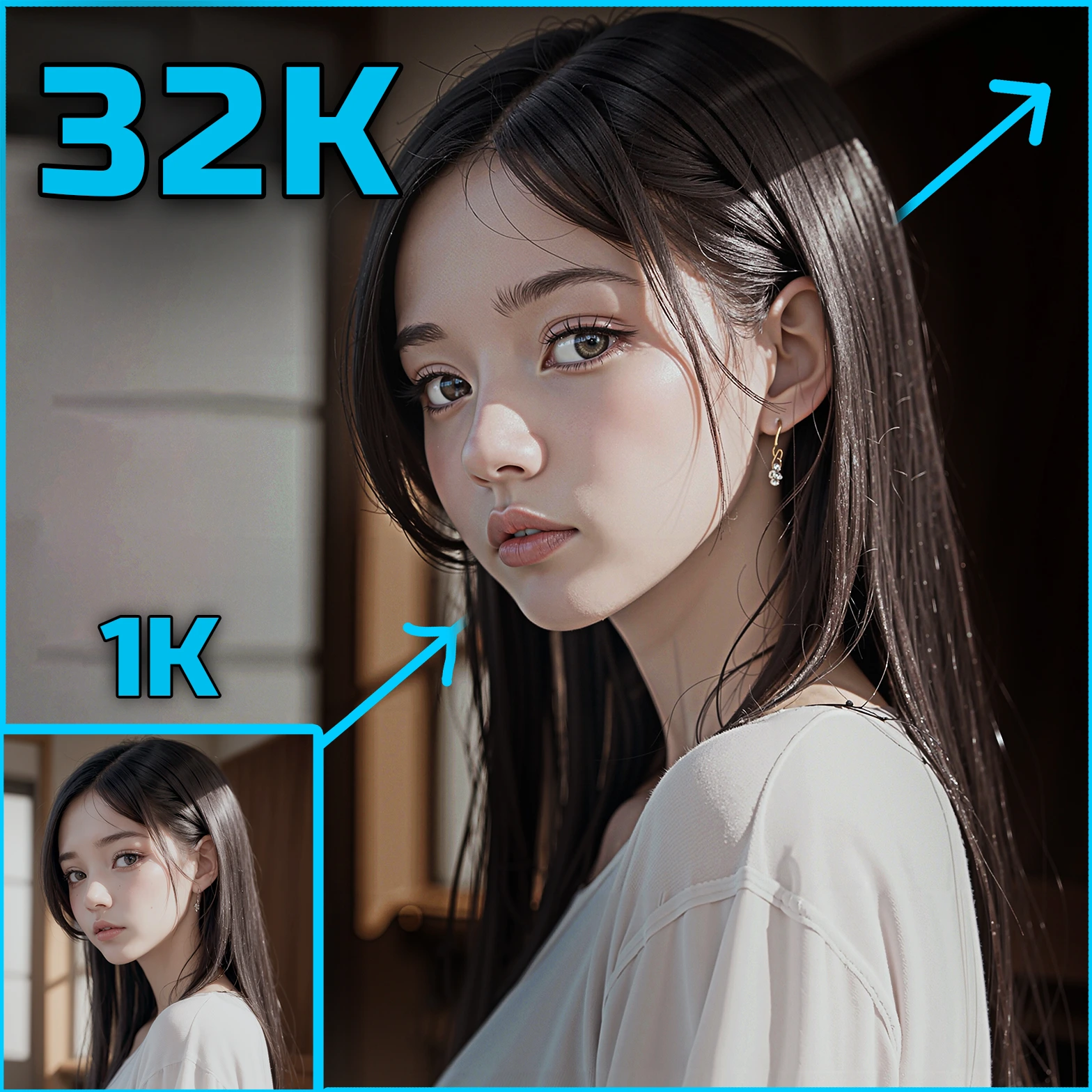ComfyUI Node: 🌆DepthFM Literative
DepthFM_Literative_Zho
Category🌆DepthFM
ZHO-ZHO-ZHO (Account age: 624days) Extension
DepthFM IN COMFYUI Latest Updated
2024-05-22 Github Stars
0.07K
How to Install DepthFM IN COMFYUI
Install this extension via the ComfyUI Manager by searching for DepthFM IN COMFYUI- 1. Click the Manager button in the main menu
- 2. Select Custom Nodes Manager button
- 3. Enter DepthFM IN COMFYUI in the search bar
Visit ComfyUI Online for ready-to-use ComfyUI environment
- Free trial available
- 16GB VRAM to 80GB VRAM GPU machines
- 400+ preloaded models/nodes
- Freedom to upload custom models/nodes
- 200+ ready-to-run workflows
- 100% private workspace with up to 200GB storage
- Dedicated Support
🌆DepthFM Literative Description
Iteratively processes images to generate depth maps using a specified model, enhancing visual realism for AI artists.
🌆DepthFM Literative:
The DepthFM_Literative_Zho node is designed to iteratively process images to generate depth maps using a specified DepthFM model. This node is particularly useful for AI artists who want to add depth perception to their images, enhancing the visual realism and providing a new dimension to their artwork. By leveraging iterative processing, the node refines the depth estimation over multiple steps, ensuring higher accuracy and better quality results. The node's ability to handle multiple images and produce consistent depth maps makes it a valuable tool for creating immersive and dynamic visual content.
🌆DepthFM Literative Input Parameters:
model
The model parameter specifies the DepthFM model to be used for depth prediction. This model is responsible for analyzing the input image and generating the corresponding depth map. The model must be pre-loaded and compatible with the DepthFM framework.
image
The image parameter is the input image or a batch of images that you want to process. The images should be in a format that the DepthFM model can interpret, typically a tensor representation. This parameter is crucial as it serves as the base for depth map generation.
steps
The steps parameter determines the number of iterative steps the model will take to refine the depth map. The default value is 2, with a minimum of 1 and a maximum of 100. Increasing the number of steps can lead to more accurate depth maps but may also increase processing time.
ensemble_size
The ensemble_size parameter specifies the number of ensemble models to use during the depth prediction process. The default value is 2, with a minimum of 1 and a maximum of 10. Using a larger ensemble size can improve the robustness and accuracy of the depth map by averaging the predictions from multiple models.
🌆DepthFM Literative Output Parameters:
IMAGE
The IMAGE output parameter is the resulting depth map or maps generated by the node. This output is a tensor that represents the depth information of the input image(s). The depth map can be used for various applications, such as enhancing 3D effects, creating depth-based filters, or integrating into other visual processing pipelines.
🌆DepthFM Literative Usage Tips:
- To achieve the best results, start with the default
stepsandensemble_sizevalues and gradually adjust them based on the quality of the output and the processing time. - Ensure that the input images are pre-processed and normalized correctly to match the expected input format of the DepthFM model.
- Experiment with different DepthFM models to find the one that best suits your specific use case and provides the most accurate depth maps.
🌆DepthFM Literative Common Errors and Solutions:
ValueError: Please provide the depthfm_model parameter with the name of the model file.
- Explanation: This error occurs when the
modelparameter is not provided or is invalid. - Solution: Ensure that you specify a valid DepthFM model that is pre-loaded and compatible with the DepthFM framework.
RuntimeError: CUDA out of memory.
- Explanation: This error occurs when the GPU runs out of memory during the processing of images.
- Solution: Reduce the
ensemble_sizeorstepsparameter values, or process smaller batches of images to decrease memory usage.
TypeError: Expected input image to be a tensor.
- Explanation: This error occurs when the input image is not in the expected tensor format.
- Solution: Convert your input images to tensor format before passing them to the node. Ensure that the images are properly normalized and pre-processed.
AttributeError: 'NoneType' object has no attribute 'predict_depth'
- Explanation: This error occurs when the
modelparameter is not correctly initialized or loaded. - Solution: Verify that the DepthFM model is correctly loaded and passed to the node. Ensure that the model file path is correct and the model is compatible with the DepthFM framework.
🌆DepthFM Literative Related Nodes
RunComfy is the premier ComfyUI platform, offering ComfyUI online environment and services, along with ComfyUI workflows featuring stunning visuals. RunComfy also provides AI Models, enabling artists to harness the latest AI tools to create incredible art.


